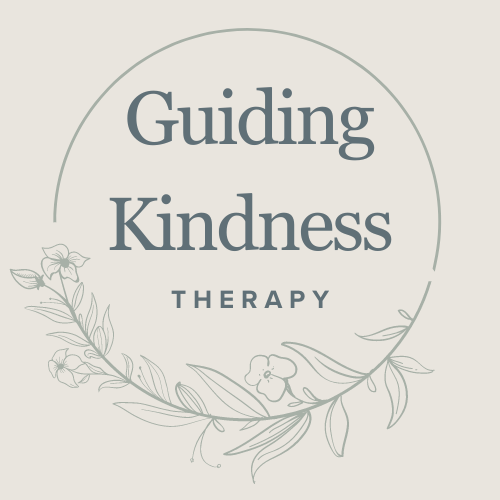What is Seasonal Affective Disorder?
As the seasons change so do we. Some people feel the shift more than others. Today, I am here to tell you that there is a reason for that….
Depression is like the seasons!
SAD or Season Affective Disorder, is something that occurs as the seasons change. It is a type of depression that occurs at a specific time of the year, typically during the fall and winter months when there is less natural sunlight. People tend to want to be alone, burrowing under the blankets, awaiting winter to end and for the sun to come back out.
Symptoms of Seasonal Affective Disorder
SAD and Major Depressive Disorder have very similar symptoms, here are a few to be on the lookout for during the fall and winter season :
Fatigue: Increased feelings of lethargy and low energy. Depressed mood: Feelings of sadness, hopelessness, and a lack of interest or pleasure in usual activities.
Changes in sleep patterns: Oversleeping or experiencing disrupted sleep, often with an increased desire to sleep during the daytime.
Changes in appetite or weight: Increased cravings for carbohydrate-rich foods, which can lead to weight gain.
Social withdrawal: A tendency to avoid social interactions and a preference for isolation
Treatment for Seasonal Affective Disorder (SAD)
The good news? There are ways to decrease the symptoms of SAD. SAD doesn’t have to derail you from living your life in the winter months. Here are a few things that you can try if the seasons are getting you down:
1. Light therapy: The use of specially designed light boxes that emit bright, full-spectrum light to simulate natural sunlight. Daily exposure to this light for a specified duration can help alleviate symptoms.
2. Psychotherapy: Cognitive-behavioral therapy (CBT) and other forms of talk therapy can be beneficial in managing SAD symptoms. Medications: In some cases, healthcare professionals may prescribe antidepressant medications.
3. Lifestyle changes: Maintaining a healthy lifestyle, including regular exercise, a balanced diet, and managing stress, can also be effective in managing SAD.
Top Five Reasons to Speak with a Local Therapist for Seasonal Affective Disorder (SAD)
1. Personalized Treatment for YOU: A local therapist can create customized treatment strategies tailored to your specific needs and symptoms. This personalized approach is especially important for SAD, as it can manifest differently in each individual. We have our own treatment and mental health specialties here at Guiding Kindness Therapy!
2. Local Resource/s Availability: Therapists in Bala Cynwyd and Philadelphia, like us at Guiding Kindness Therapy, have a deep understanding of community resources — we know who you need to speak to for even more personalized treatment — support groups, local activities, and other avenues that can enhance your mental health journey. So many options!
3. Virtual Appointments: With virtual mental health appointment options available for Pennsylvania residents, you can access quality mental health talk therapy from the comfort of your home, ahem (whispers) we offer this. This flexibility makes it easier to fit therapy into your busy schedule, especially during challenging winter months.
4. Creating A Safe Space: Feeling comfortable with your therapist can help you express your feelings about the seasonal changes and how it’s making you feel blah. We encourage honest discussions about your experiences with SAD, helping you feel heard and understood here at our office.
5. Learning New Skills To Help: Your therapist (maybe it’s going to be us!) can show you effective coping strategies to manage your SAD symptoms. Through talk therapy, you can learn techniques to combat the negative impact of seasonal changes, improving your overall mental health and daily functioning.
If you’re struggling with Seasonal Affective Disorder, consider reaching out to a local mental health therapist in Bala Cynwyd or Philadelphia (that’s us!) and please do not hesitate to reach out to us at Guiding Kindness Therapy. We are here to help.
